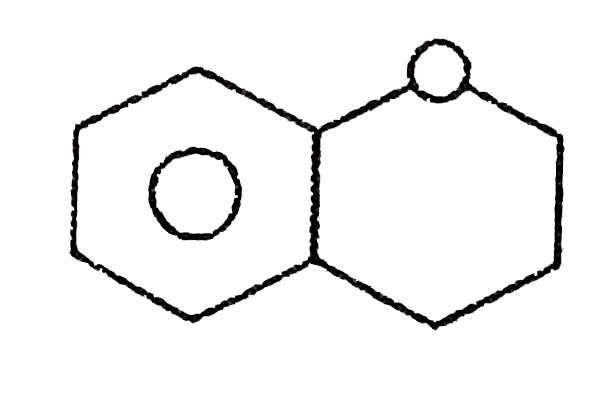The enzymes at location 'X' and 'Y' are respectively
Protiens −−→'X'Proteoses + peptoses−−→'Y' Dipeptids
Chymotry and pepsin
pepsin and trypsin
Ptyalin and Pepsin
Trypsin and dipeptidase
The correct Answer is:B
To solve the question regarding the enzymes at locations 'X' and 'Y', we need to analyze the breakdown of proteins into smaller peptides.
1. Understanding the Process: The question states that proteins are converted into "proteoses + peptoses" at location 'X', and these are further converted into "dipeptides" at location 'Y'.
2. Identifying Enzyme 'X':
- The enzyme that breaks down proteins into proteoses and peptoses is pepsin.
- Pepsin is a digestive enzyme secreted by the stomach and is responsible for the initial digestion of proteins.
3. Identifying Enzyme 'Y':
- The next step involves the conversion of proteoses and peptoses into dipeptides. This process is facilitated by the enzyme trypsin.
- Trypsin is secreted by the pancreas and acts in the small intestine, continuing the digestion of proteins into smaller peptides.
4. Conclusion:
- Therefore, at location 'X', the enzyme is pepsin, and at location 'Y', the enzyme is trypsin.
- The final answer is: X = pepsin, Y = trypsin.
Final Answer:
- The enzymes at location 'X' and 'Y' are respectively pepsin and trypsin.
- The enzyme that breaks down proteins into proteoses and peptoses is pepsin.
- Pepsin is a digestive enzyme secreted by the stomach and is responsible for the initial digestion of proteins.
- The next step involves the conversion of proteoses and peptoses into dipeptides. This process is facilitated by the enzyme trypsin.
- Trypsin is secreted by the pancreas and acts in the small intestine, continuing the digestion of proteins into smaller peptides.
- Therefore, at location 'X', the enzyme is pepsin, and at location 'Y', the enzyme is trypsin.
- The final answer is: X = pepsin, Y = trypsin.
- The enzymes at location 'X' and 'Y' are respectively pepsin and trypsin.
Similar Questions
Read the following reactions and choose the correct option
(i) PepsinogenHCl−−→ Pepsin
(ii) Proteinspepsinogen−−−−−→Proteoses + Peptones
(III)Trypsinogen HCl−−→ Trypsin
(Iv) Chymotrypsinogenenterokinase−−−−−−→Chymotrypsin
(v ) Peptonestrypsin−−−→Dipeptides
View SolutionIn the following reactions , products (X) and (Y) respectively are
NaOH(hot and conc)+Cl2→(X)+ side products
Ca(OH)2(dry)+Cl2→(Y)+ side products
View Solution
Knowledge Check
During the process of digestion, the proteins present in food materials are hydrolysed to amino acids. The two enzymes involved in the process are:
Enzyme (A)−−−−−−→ Polypeptides
−−−−−−→Enzyme (B)Amino acidsAinvertase and zymaseBamylase and maltaseCdiastase and lipaseDpepsin and trypsin Hbr−−→(X)Nal−−−→acetone(Y)(Major), Product (Y) is :Acis-2-buteneBtrans - 2- buteneC1-buteneDIso-butene
Hbr−−→(X)Nal−−−→acetone(Y)(Major), Product (Y) is :Acis-2-buteneBtrans - 2- buteneC1-buteneDIso-butene
PhCONH2(A)−−−→KOBr(B)−−−→MeOH(C)
Product is (C) is :
View Solution HI−−−−→low temp product are
HI−−−−→low temp product are
View SolutionIdentify X and Y in the following reactions .
PbSHeat−−−−−→in air(X)
(X)+PbSY−−→Pb+SO2.
View SolutionC2H5BrAgCN−−−→XReduction−−−−−−−−→Zn−Hg/HCIY, Here, Y is:-
View SolutionCH3CH2COOHCl2/Fe−−−−→(X)Alc.−−→KOH(Y)
Compound (Y) is :
View SolutionIn given reaction [X] and [Y] respectively are CH3−O∣∣C−O−CH3∣C∣CH3−CH3Na/C2H5OH−−−−−−−−→(X)+(Y)
View Solution
